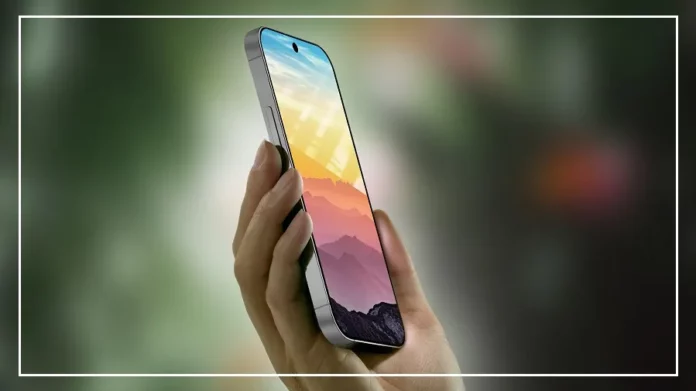Following the successful launch of the iPhone 15 series, Apple is gearing up for the iPhone 16 lineup, and speculations hint at a notable feature – a 60Hz refresh rate display.
This choice contrasts with the 120Hz refresh rate seen in many flagship smartphones, sparking discussions within the tech community.
Non-Pro Disappointment: iPhone 16 to Stick with 60Hz
Despite the introduction of the Dynamic Island Design in the latest iPhone 15 series, Apple seems poised to maintain a 60Hz refresh rate for its non-Pro iPhones in the upcoming iPhone 16 series.
This decision has stirred conversations among enthusiasts, questioning Apple’s commitment to upgrading the display technology in its base models.
Leaks and Insights
Insiders from South Korean tech site Naver and reputable Twitter leaker @Tech_Reve suggest that the iPhone 16 series won’t witness any advancements in refresh rate.
Display analyst Ross Young further adds that Apple may adhere to high-refresh-rate screens exclusively in its base models until 2025.
Rumors point to a 6.12-inch display for the standard model and a 6.69-inch display for the Plus variant, both featuring the 60Hz refresh rate.
Meanwhile, the Pro model is anticipated to sport a slightly larger screen with a more conventional 120Hz refresh rate.
A Surprising Move: Lagging Behind the Competition
Apple’s decision to maintain a 60Hz refresh rate in its premium iPhone 16 and 16 Plus models raises eyebrows, especially as competitors like Samsung and Google integrate higher refresh rates, even in budget-friendly options like the Pixel 7a.
The market has seen mid-budget phones from Motorola boasting a 144Hz refresh rate display, positioning the 60Hz in Apple’s flagship models as a distinctive feature, albeit falling short of current industry standards.
Balancing Act: Cost vs. User Experience
The decision to stick with a 60Hz refresh rate might be attributed to considerations such as cost and battery life.
However, this move sparks debate among users who anticipate a more responsive and enhanced experience with each new iPhone iteration.
As competitors embrace smoother and more dynamic displays, Apple’s choice may leave some users questioning the company’s stance in a market driven by innovation and cutting-edge technology.
